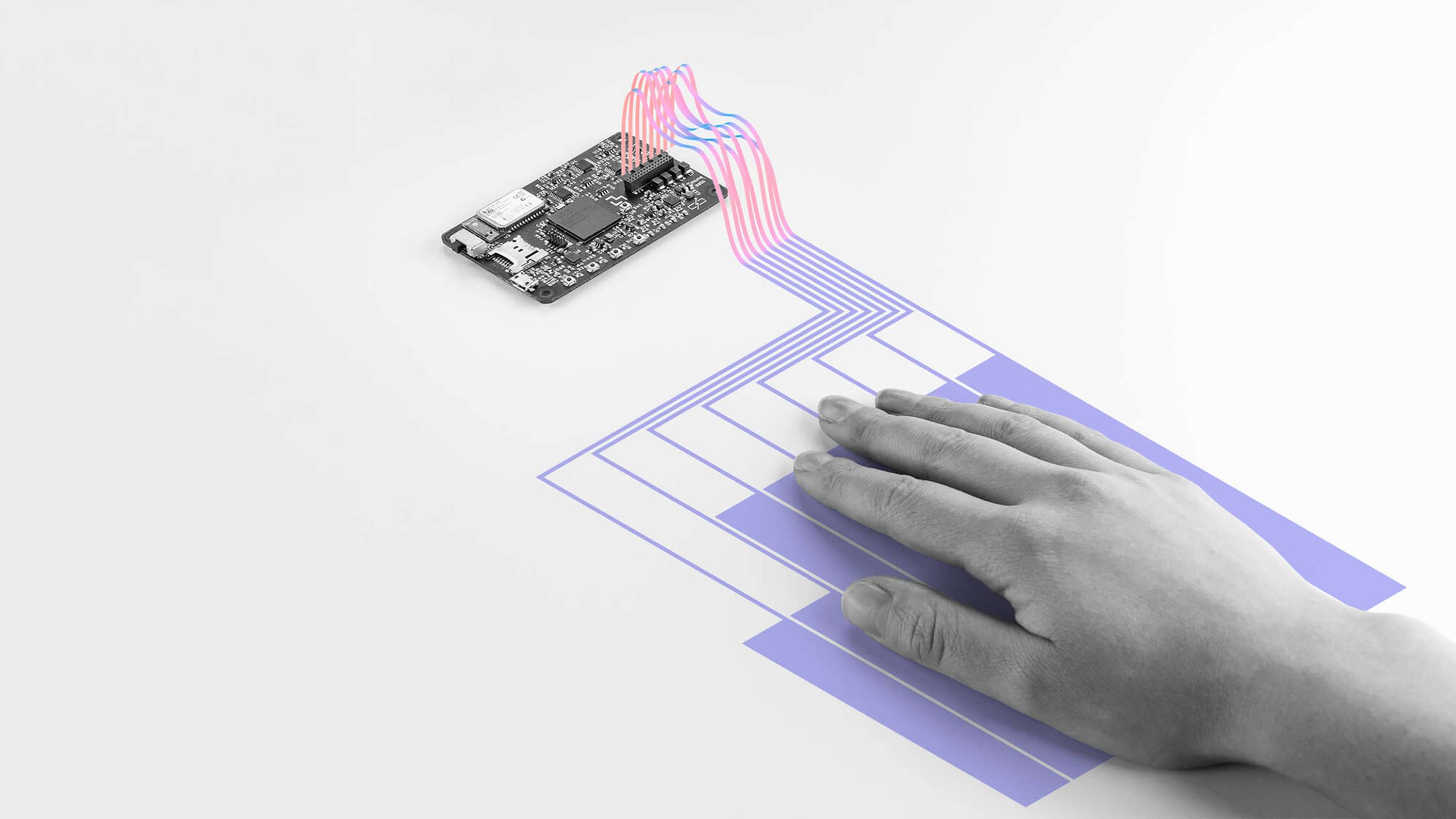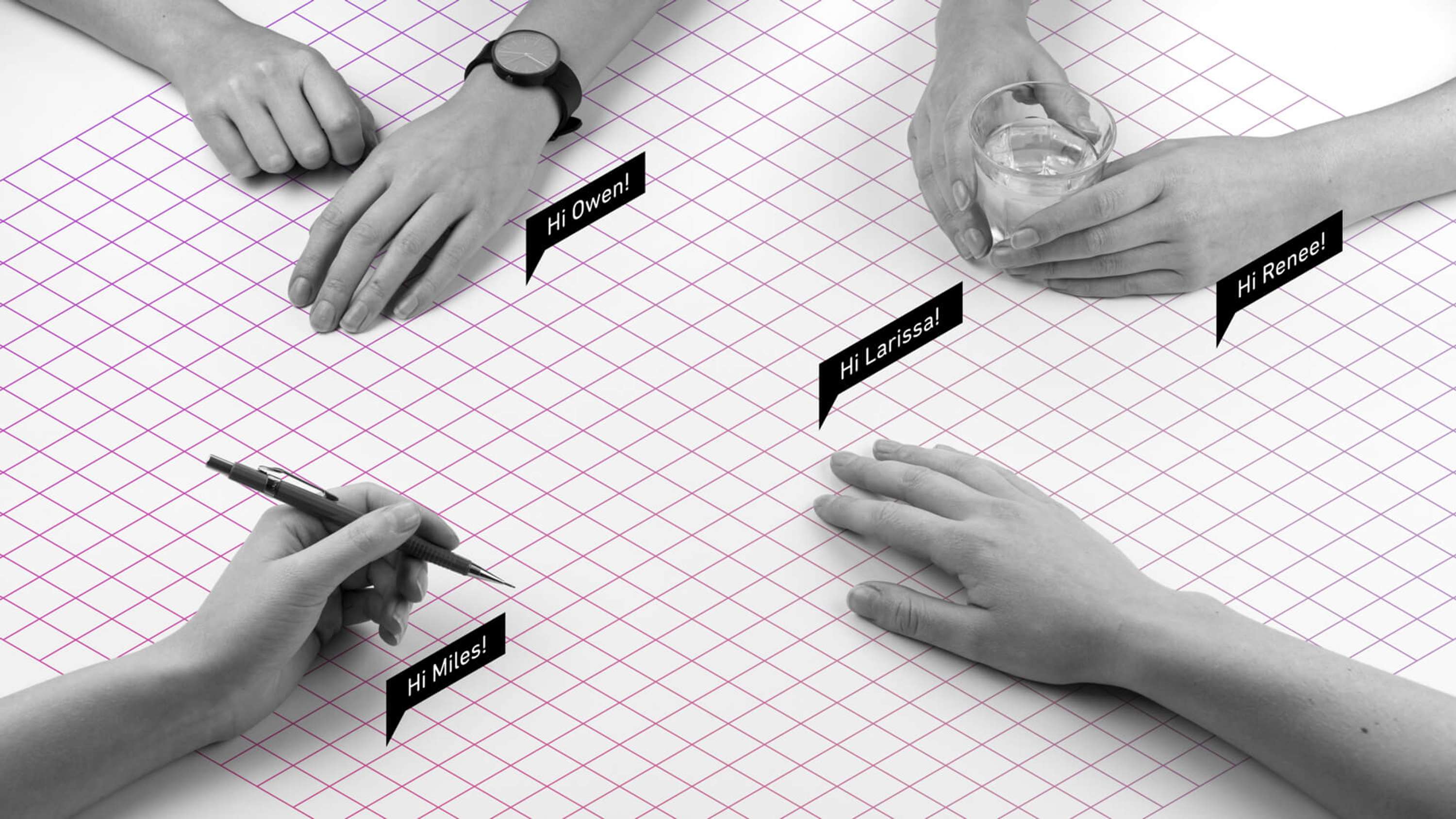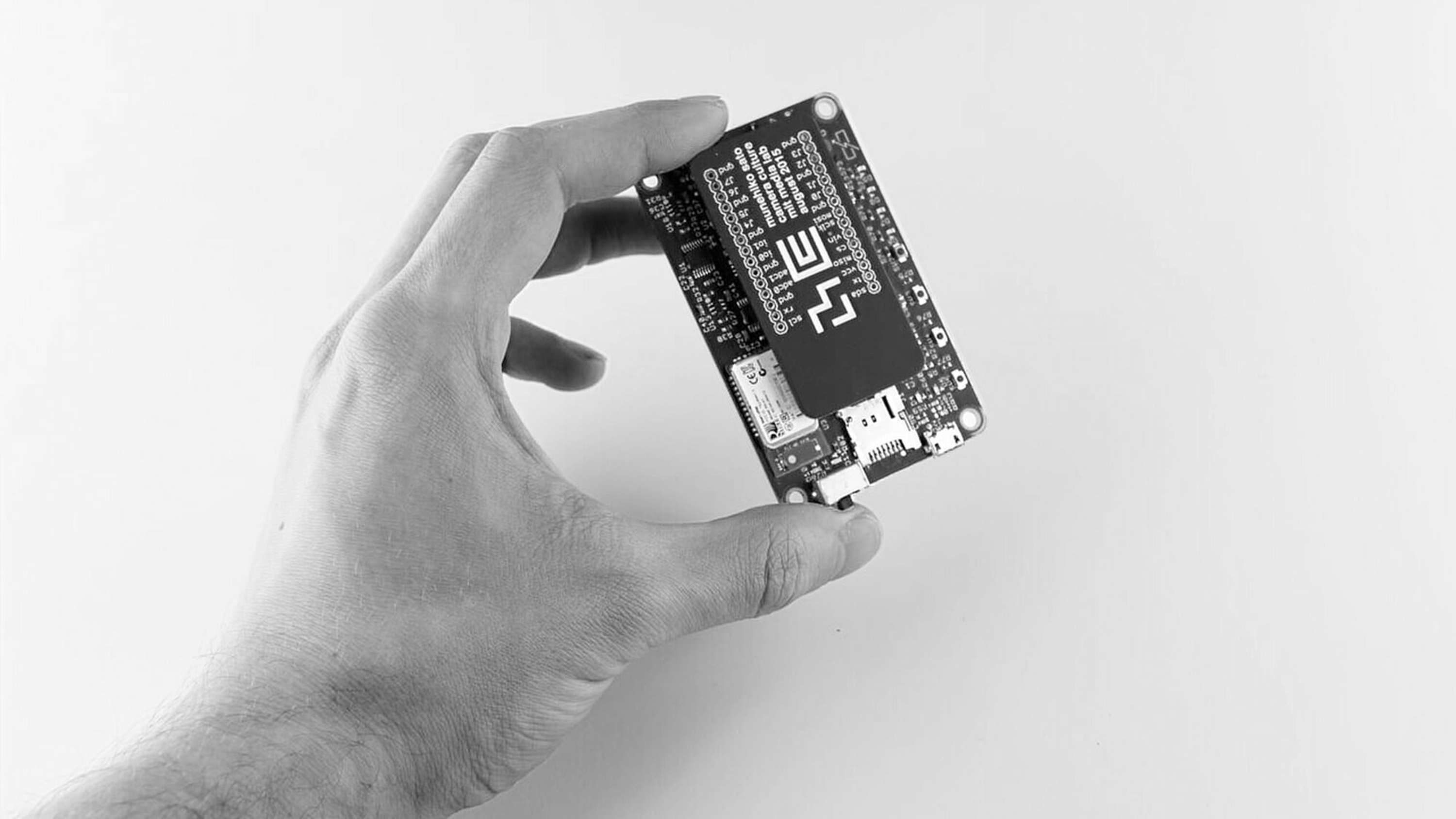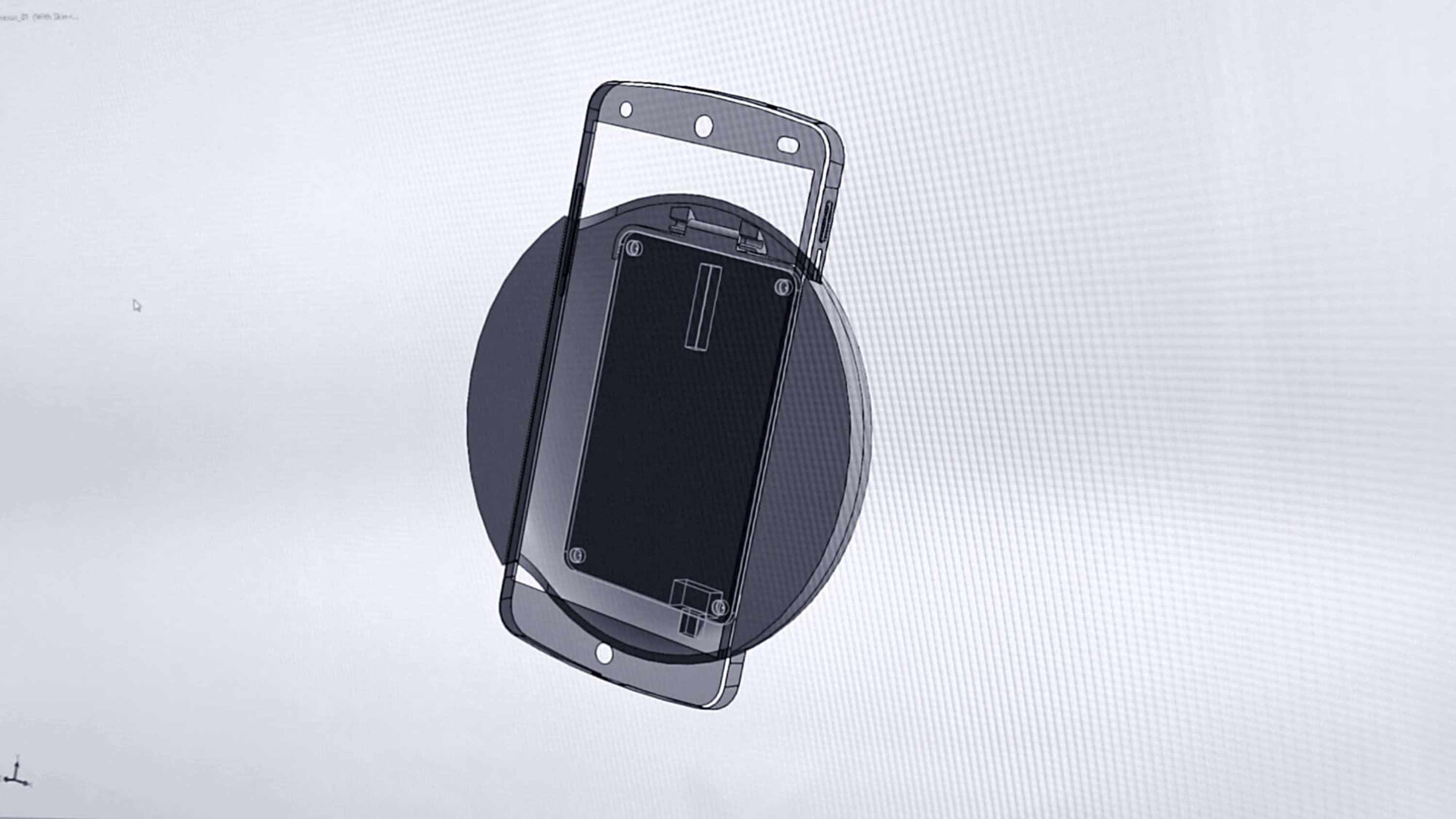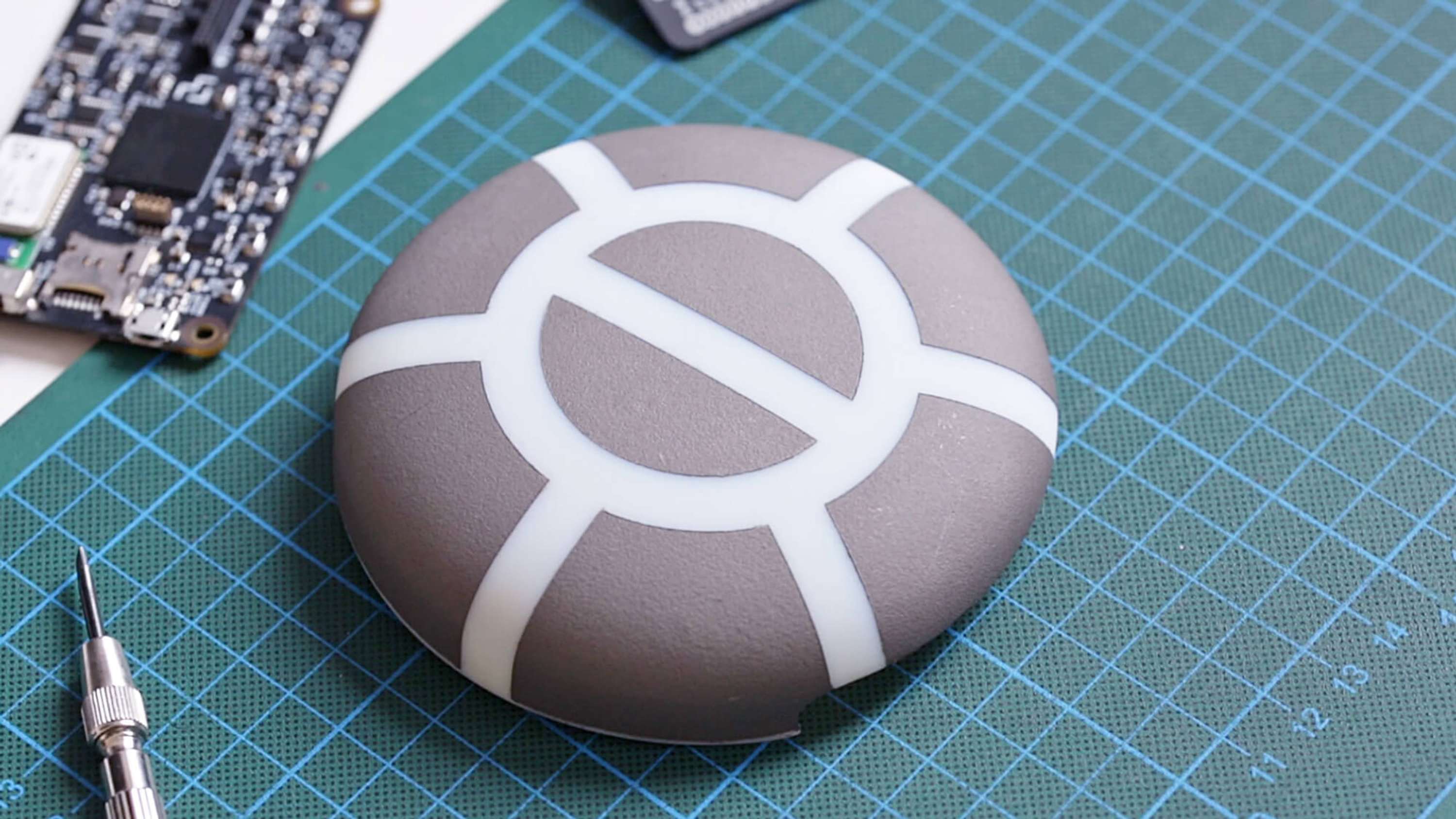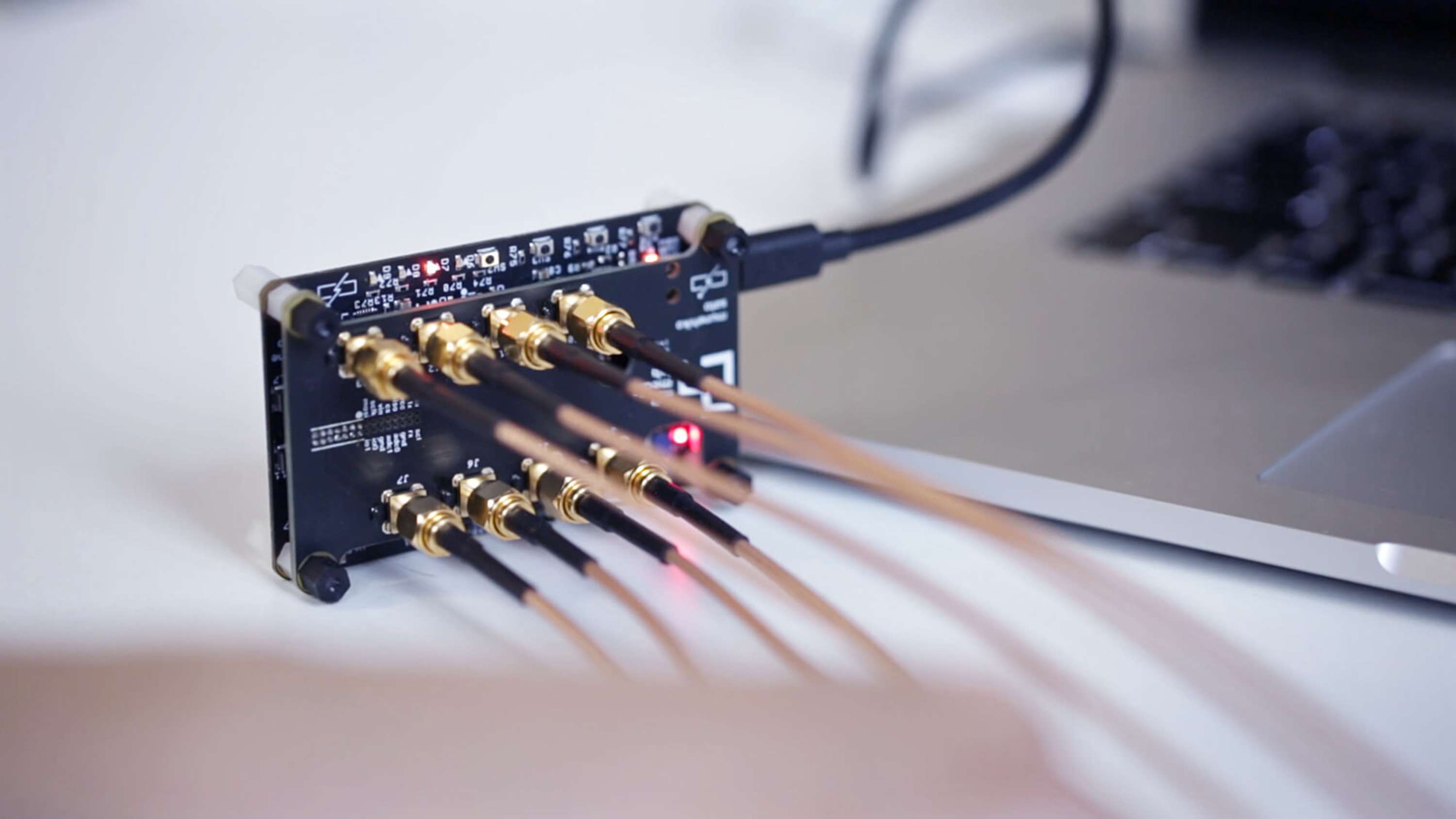Zensei - Making tangible the experience of an MIT Media Lab's new touch sensing technology
We collaborated with MIT's Camera Culture Group to design and develop their embedded, multi-electrode bioimpedance sensing technology Zensei. Zensei enables physical objects to identify users by sensing the body’s electrical properties and touch/grasping behaviour through electrical frequency response sensing. It allows almost any object to be capable of user recognition. For example, a phone that unlocks as it is picked up. The sensor hardware is small in size and works by sensing the electrical frequency response properties of a user touching a surface. An array of electrodes measures this response from multiple perspectives, building up a virtual representation of the user's electrical profile depending on their skin characteristics and touch/grasping style. Thousands of frequency properties are then collected and fed into a machine learning algorithm for subsequent user recognition. This electrode array data, when combined with the use of an AC signal, allows Zensei to be implemented in a wide variety of surfaces and configurations both with and without direct skin contact. To demonstrate the concept of casual identification on everyday devices, we built a round smartphone case to house our sensor board. The case's round shape invites unique grasping styles while simultaneously adding surface area for the painted-on electrodes. The Zensei sensor board is mounted within the case and communicates with the attached smartphone via bluetooth for continuous classification. https://www.takram.com/projects/zensei/
